

Photojournalist Ted Soqui shot these images for today’s story by Sasha Abramsky, Renting in Los Angeles — Dislocation, Dislocation, Dislocation.
See More Stories in Capital & Main’s Affordable Housing Series
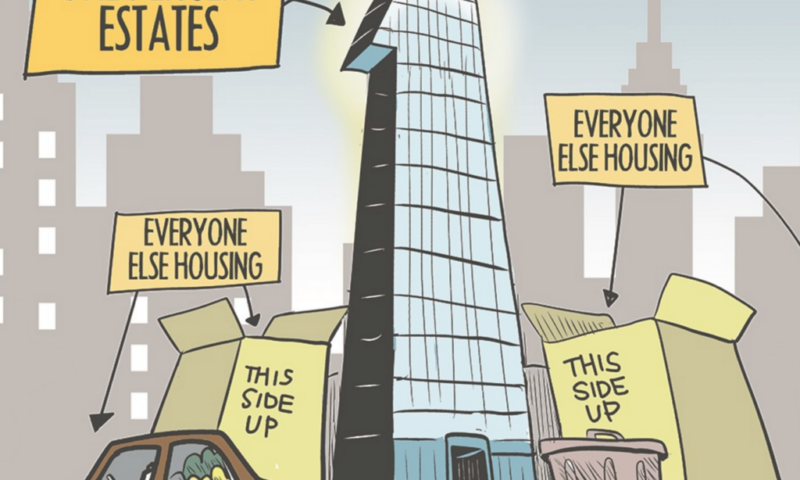
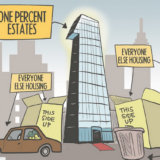
California’s housing crisis is a complex one, as befits a state with a population of close to 40 million people, spread out over 163,696 square miles, and with some of the country’s largest cities and fastest growing population hubs, as well as some of its most rugged rural areas.
See More Stories in Capital & Main’s Affordable Housing Series
Los Angeles’ Skid Row sprawls just a few blocks from the skyscrapers of downtown and showcases one of the developed world’s largest concentrations of long-term homeless people. They live in tents and jerry-rigged shanties along the sidewalks and in vacant lots, surround social service agency buildings and provide a vista of misery stunning in its intensity. Only a few miles away, middle- and working-class tenants are being driven from their rent-controlled homes into the exurbs or onto friends’ and relatives’ couches. The causes of this diaspora are developers seeking to capitalize on Hollywood’s soaring real estate values and the city’s “densification” development strategy that prioritizes large-scale,
» Read more about: Affordable Housing: Introduction to a Crisis »
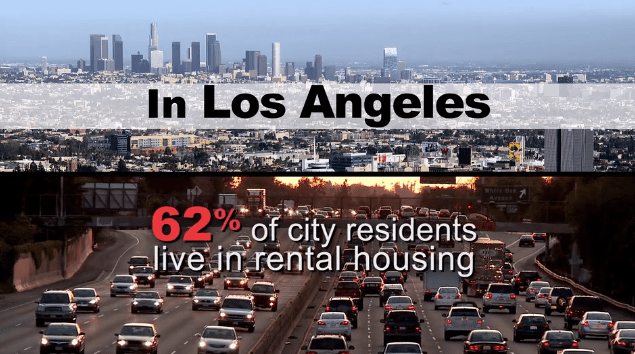

“No Direction Home” reaches many troubling conclusions about California’s housing market


 With the lead poisoning tragedy in Flint, Michigan still playing out in the national headlines, we’ve been due for good news about our nation’s water—and Wisconsin just delivered it.
With the lead poisoning tragedy in Flint, Michigan still playing out in the national headlines, we’ve been due for good news about our nation’s water—and Wisconsin just delivered it.
Yesterday, state leaders scrapped a bill that would have made it easier for private corporations to buy municipal water and sewer utilities across the state. The bill, introduced at the request of a for-profit water company based in Pennsylvania, would have made it more difficult for Wisconsin residents to vote on who controls their water.
The evidence against privatization is plain as day. Customers of Wisconsin’s only privately owned system—which services the city of Superior—pay the highest rates in the state. On top of the costs of water and infrastructure maintenance, Superior’s residents pay an additional nine percent to cover their private operator’s profit margin and higher private-sector debt costs.
And Superior isn’t an outlier.
» Read more about: Wisconsin Dodges Water-Privatization Scheme »


What can happen when voters use electoral politics to raise the minimum wage? For one thing, some mainstream media can go on the attack by editorializing in coverage that poses as “news.”
Take, for example, ABC Channel 10’s recent television coverage of business’ fight to strangle Sacramento’s $15-an-hour minimum-wage measure in the petition process. Region Restaurants, a trade group of caterers and eateries, is rallying public opinion against the capital city’s minimum-wage measure that could, with 21,503 registered voter signatures, qualify for the November 2016 ballot. The current California minimum wage is $10 an hour.
Anchorman to Minimum Wage Petitioners: “Be careful of the unintended consequences.”
In a February 10 broadcast of the station’s “Real Money” news segment, co-anchor Dale Schornack announced the $15 measure would begin in 2017. His statement was off by three years – close enough for a game of horseshoes,
» Read more about: Sacramento Waiters Make $50 an Hour, TV Station Claims »


Even as Saturday’s death of Supreme Court Justice Antonin Scalia was setting the stage for what promises to be an incendiary battle of wills between Republican leaders in Congress and President Obama over naming a replacement for a man considered a cornerstone of the court’s conservative majority, California teachers and public-sector unions across the country were breathing a sigh of relief.
That’s because the 79-year-old Scalia, who died in his sleep on Saturday at a remote resort in West Texas, appeared to hint during last month’s oral arguments that he would vote along ideological lines with his fellow conservative justices in affirming the plaintiffs’ side in Friedrichs v. California Teachers Association, in what most court observers were anticipating to be a 5-4 vote. That case, whose decision was expected by the end of June, seemed all but guaranteed to overturn the High Court’s 1977 Abood v.
» Read more about: Supreme Court Justice Antonin Scalia Dies and Labor Gets a Stay »


Many charter school advocates — often guided by a “free market” ideology — claim that charter schools force traditional public schools to innovate and provide better education. But in Detroit, where teachers and parents this week performed “walk ins” to show support for the city’s ailing public schools, the exact opposite has been true.
Detroit’s schools are in rough shape. The city’s traditional public school district, Detroit Public Schools (DPS), could face bankruptcy by April. On a recent tour of DPS schools, Mayor Mike Duggan found crumbling facilities, dead rodents, and children wearing coats in freezing classrooms.
But even though Detroit’s residents elected him, Duggan can’t do much to help. DPS has been under state control for seven years, ruled by a series of “emergency managers” with unchecked authority over democratically elected local officials. The same tactic of “running government like a business” played a crucial role in the Flint water crisis.
» Read more about: Running Schools Like Businesses — Into the Ground »


It’s not news that it is tougher to buy a home in the U.S. than it was 40 years ago. But what may come as a surprise to the roughly 7. 7 million Californians financially secure enough to own their homes is how the state’s inadequate and loophole-riddled bankruptcy protections too often make it impossible to hold onto that piece of the American Dream, just when it’s needed most. The problem lies with the law’s “homestead exemption,” a provision intended to shield a core amount of a bankrupt debtor’s home equity, when a court forces the sale of the house, in order to allow that debtor to land on their feet with a roof over their head and start afresh.
When Congress enacted the 1978 federal bankruptcy code, which is the basis for California’s and the other 49 states’ widely varying laws, the state’s homestead exemption was set at $40,000. Back in 1975,
» Read more about: Bankruptcy: Fixing California’s Homestead Exemption Law »
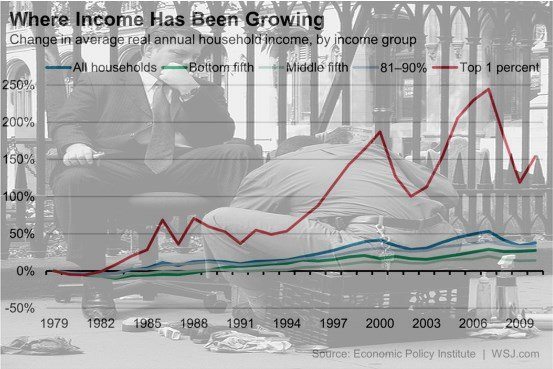
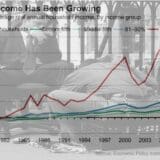
Americans don’t like inequality. We like to think of ourselves as a middle-class country where the top is not out of reach and the bottom doesn’t pose such a grim, cautionary specter that people fear for their livelihoods. We like to think that’s what makes us different from other societies. Or at least that’s the way it used to be.
CNN journalist John Blake, who grew up in Baltimore, remembers it this way: “Black men had good blue-collar jobs…Kids played baseball and basketball and every known sport at public fields and courts. We had summer jobs and internships.” Today, he says, “the factories and playing fields are locked behind gates or overgrown with weeds.”
Somehow the value of a stable, vital middle class has slipped from America’s vision for itself.
That shift characterizes America far beyond Baltimore.


As many as five million undocumented immigrants are waiting in limbo as the Supreme Court reviews challenges to President Obama’s 2014 executive actions, Deferred Action for Childhood Arrivals (DACA) and Deferred Action for Parental Accountability (DAPA). But there’s one group that’s more than happy with the status quo.
A new look under the hood of the nation’s immigration detention system reveals a staggering trend: Immigrant detention has become increasingly reliant on facilities and services provided by private companies, which are driven by profit to keep or even expand existing services.
Companies like Corrections Corporation of America (CCA) and GEO Group — the nation’s two largest private prison companies — are benefiting from our bloated immigration detention system, which has grown by 75 percent over the last decade. Together, CCA and GEO Group operate eight of the 10 largest detention centers.
This year,
» Read more about: Immigrant Detention: Privatizing Misery »